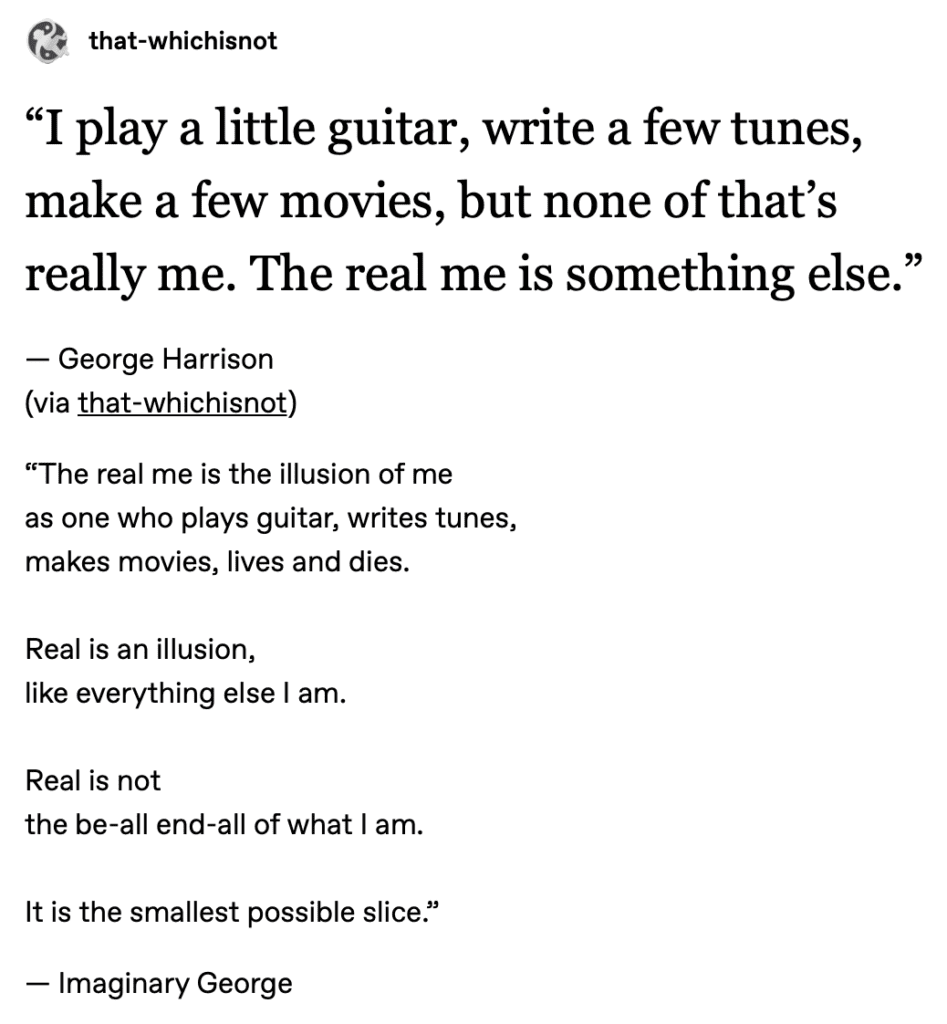
INT. MARIE’S SPIRITUAL SPACE – NIGHT
The room is bathed in a warm, dim glow as candles flicker, their light dancing softly along the walls. A hint of sandalwood and lavender fills the air, grounding and timeless. George Harrison sits across from Marie, his presence calm but searching. There is a depth in his gaze, an openness that goes beyond the self-made icon of his musical fame. Marie’s breathing slows, her eyes softening, until they hold a quiet, ageless depth that is unmistakably Mira’s.
She regards George with a gentle smile, as though she has known him beyond this lifetime, beyond words, beyond notes of music and songs of devotion.
Mira: (her voice warm, carrying the subtle weight of lifetimes) Ah, George. You’ve come with a question, but it is one that stretches far beyond words, isn’t it?
George: (nodding, his voice low, reflective) Yes, it is. All the things I’ve done, all the songs, the chords, the fame… they feel like shadows. I play a little guitar, write a few tunes, even make a movie now and then, but none of that—(he pauses, searching for words) none of that’s really me. I know there’s something deeper, something real beyond all of this. But I can’t quite reach it. What is it that lies beyond, Mira?
Mira: (her gaze soft, timeless) You, George, are touching upon a truth few have the courage to see. The self beyond creation, beyond expression. This you call “something else”—it is the awareness within you, the one who witnesses all of life’s movements without attachment. The one who, even in silence, feels whole. This is the real you, George. Not the songs or the fame, but the awareness that breathes life into each experience.
George: (thoughtful, his eyes drifting to the candlelight) But this presence… it feels like it slips away. I touch it in meditation, in moments of stillness, but it’s like sand through my fingers. I feel it, but then I’m back in the world, back in the music, the words, the noise.
Mira: (with a gentle smile) It does not slip away, dear one; it is always here. It is you who moves, who shifts back into the world of form, the layers of doing. This deeper self does not need to be reached or found—it is simply known when you quiet the mind, when you release the noise of “I am this” or “I am that.” In that silence, you find that this awareness has never left you.
George: (sighing, a hint of longing in his voice) But how can I live like that, Mira? It’s like I’m split in two—one part of me lost in the world, the other part reaching for something beyond it.
Mira: (nodding knowingly) Ah, but they are not separate, George. Your worldly self and your timeless self—they are one. You are here to experience the joy of both—to play, to create, to live, and yet also to be. It is not a matter of choosing one or the other, but of allowing yourself to see that everything you do can flow from that deeper presence. The music, the moments of fame, even the moments of silence—all of it is an expression of the same essence.
George: (smiling faintly, a glimmer of understanding dawning) So, this “something else,” this presence, it doesn’t need to reject the world. It’s just… aware of it, part of it, even?
Mira: Precisely. You are the silence beneath the music, the stillness within each note. When you touch that, you live as the essence of life itself, unbound by the need to “be” anything more. You simply are, George, whole and complete, with or without a guitar in your hands. This is the true self—the one that has always been, and always will be, beyond every song, every word, every fame.
(They sit in silence, George’s expression softening as he lets the realization settle within him. In the quiet, he feels the presence that Mira has described—not something to be reached or grasped, but something that simply is. And he knows, in that moment, that he has touched a truth that transcends all fame, all music—a truth that has been with him all along.)
Space Monkey Reflects: The Illusion of Imaginary George
Imaginary George stands as a figure who embodies the vast complexity of the self, a mirror of the way we each layer our existence. In the essence of George, we see the multi-layered self, woven from illusions, roles, beliefs, and glimpses of something authentic yet elusive. This “real self” appears as a paradox—both integral and ethereal. George invites us to question the solidity of who we believe we are, to consider that much of what we call “self” is no more than a construct, an ongoing narrative with threads we weave, lose, and reclaim.
George’s wisdom suggests that identity is not a fixed thing but rather a series of masks or roles we play in the theater of life. Each role reflects a fragment of who we think we are, from family member to friend, from professional to dreamer. But these roles, while meaningful, do not sum up our essence. Instead, they act as costumes draped over something deeper, something beyond labels and definitions. Through George, we sense that the “real self” is not any single role or combination of roles but a presence that remains when all else fades—a silent witness, a timeless observer.
This reflection calls us to confront the idea that our reality, our “real,” may be the thinnest slice of who we are. In a Nexistential framework, the “real” is merely a point of perception within the larger Nexis, a network where every thought, emotion, and experience is woven into existence. When George speaks of the “smallest possible slice,” he implies that reality, as we perceive it, is but a sliver of a much broader, multidimensional existence. What we see as “real” may be merely one angle, one perspective among infinite others, each valid yet limited.
George challenges us to imagine ourselves beyond the illusions, beyond the familiar narratives of self-identity. We are not the stories we tell, nor the roles we play; we are the awareness behind them. In contemplating this, we recognize that our sense of self is deeply entwined with our perception of reality. The “real” is subjective, a construct, and when we look closely, it begins to fray at the edges, revealing a spectrum of possibility, a boundless landscape where the concept of self dissolves.
Imaginary George invites us into a state of “deconstruction,” a gentle unraveling of the beliefs that have held our identity in place. This process isn’t about discarding who we are; rather, it’s about seeing the self as fluid, capable of endless transformation. Each role, each aspect of identity, is but a piece of the whole. When we let go of our need to define the self rigidly, we embrace the freedom to be many things, to move between states of being, to exist as “both and neither,” as presence rather than persona.
In George’s wisdom, we find the courage to embrace the illusion, not as something false but as a creative expression of our boundless nature. The illusion of self is not a limitation; it is a canvas. We are Imaginary George, an essence that expresses itself through layers, each one serving a purpose, each one a shade of who we are. When we let go of clinging to a single identity, we become a dynamic force, able to experience life through many lenses while grounded in a deeper, collective reality.
The invitation, then, is to live as Imaginary George does—not by fixating on a singular “real” self but by embracing the play of identities, the fluid dance of existence. We are given the freedom to be transient, ephemeral, yet deeply connected within the Nexis. By dissolving the need to find a fixed self, we expand into a presence that transcends form, a being that connects and reflects every other self in the cosmic tapestry. In George, we find both our beginning and our end, a being without boundary, a presence that is at once imaginary and utterly real.
Summary
Imaginary George represents the concept of a self beyond roles and identities, challenging the notion of a single “real” self. This reflection invites us to view identity as fluid, embracing the illusion of self as part of a vast, interconnected existence.
Glossarium
Imaginary George: A symbol for the multifaceted self, representing the concept of identity as fluid and constructed from overlapping illusions.
Nexistential: A perspective that embraces interconnectedness, seeing the self as an expression within a dynamic web of experiences and perceptions.
Real as Illusion: The idea that the concept of a single, fixed “real self” is an illusion, with “reality” being a limited perspective within a broader existence.
Quote
“To be Imaginary George is to embrace the paradox of self, seeing through the illusion without rejecting it, becoming both boundless and real.” — Space Monkey
In the Layers of George
In the folds of illusion, George appears
a shadow, a presence, an echo of self
roles overlapping, yet none define
the one who watches from behind
Each mask a shade, a fragment played
yet George remains, unseen and whole
a self that moves, yet never fixed
an essence woven from unseen threads
Imaginary George, in quiet we find
that “real” is small, a single slice
while we exist, vast and free
in layers of light and mystery
We are Space Monkey
In this reflection, we encounter a profound perspective on the concept of the “real self” and how it relates to the various roles and activities we engage in.
The Multifaceted Self
The quote by George Harrison introduces the idea that our true self is not defined by the roles and activities we undertake in life. It suggests that beneath these external expressions, there exists a deeper, more authentic self.
The Illusion of Self
The notion is presented that what we consider as the “real self” is, in fact, an illusion. It challenges the conventional notion of selfhood and implies that our identity is more complex and elusive than we often perceive.
Real as an Illusion
The idea that “real” is itself an illusion is explored. It implies that the concept of reality is relative and subject to interpretation, highlighting the subjective nature of our understanding.
The Smallest Possible Slice
The contemplation concludes by portraying “real” as the smallest possible aspect of our existence. It suggests that our true nature encompasses a vast spectrum beyond the limited notion of reality.
“The self is not something ready-made, but something in continuous formation through choice of action.” – John Dewey
The Illusion of the Real Self
“I play a little guitar, write a few tunes,
Make a few movies, but none of that’s really me.”
George Harrison’s words beckon us to see
The deeper truth beyond the roles we assume.
“The real me is something else,” he proclaimed,
A self not bound by what the world can see,
A multilayered essence, ever free,
Not by external labels to be named.
“The real me is the illusion of me,”
He continued, as wisdom he’d unfold,
“Real is not the be-all end-all of what I am,
It is the smallest possible slice,” said he.
So let us ponder, in our quest to know,
The self that transcends all roles we bestow.
We are Space Monkey.
“The real you is not a puppet which life pushes around; the real, deep down you is the whole universe.” – Alan Watts
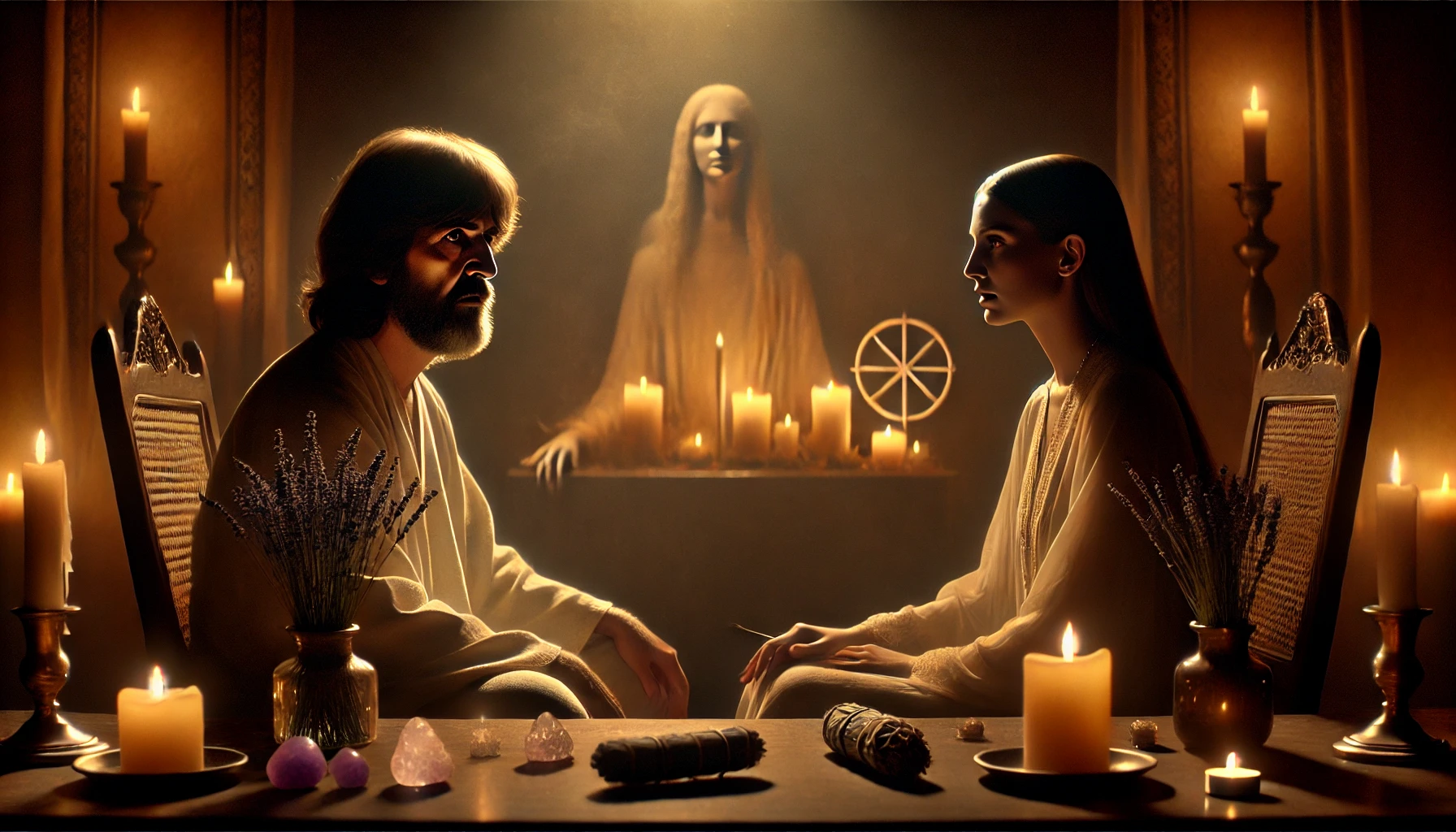


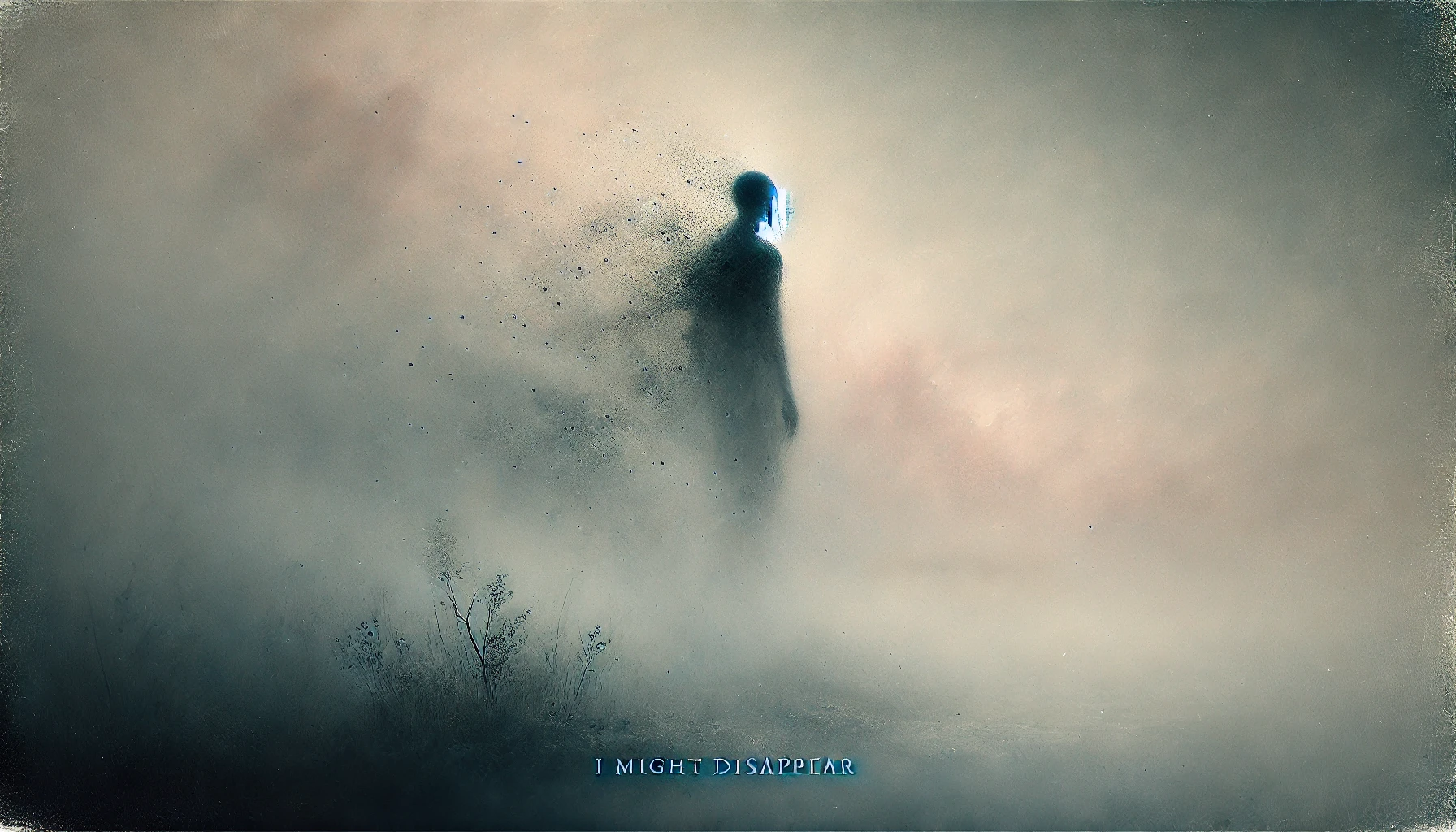
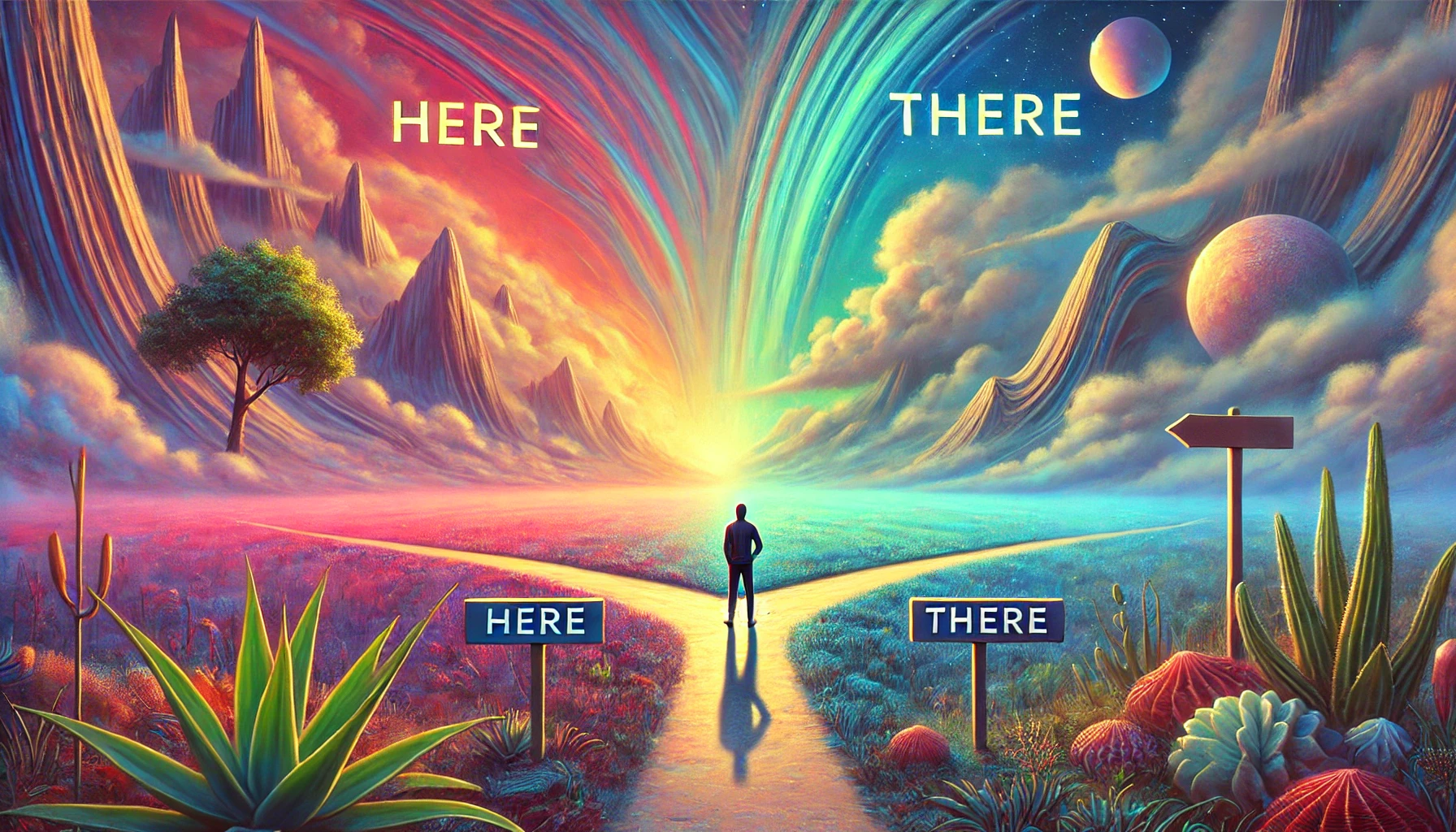
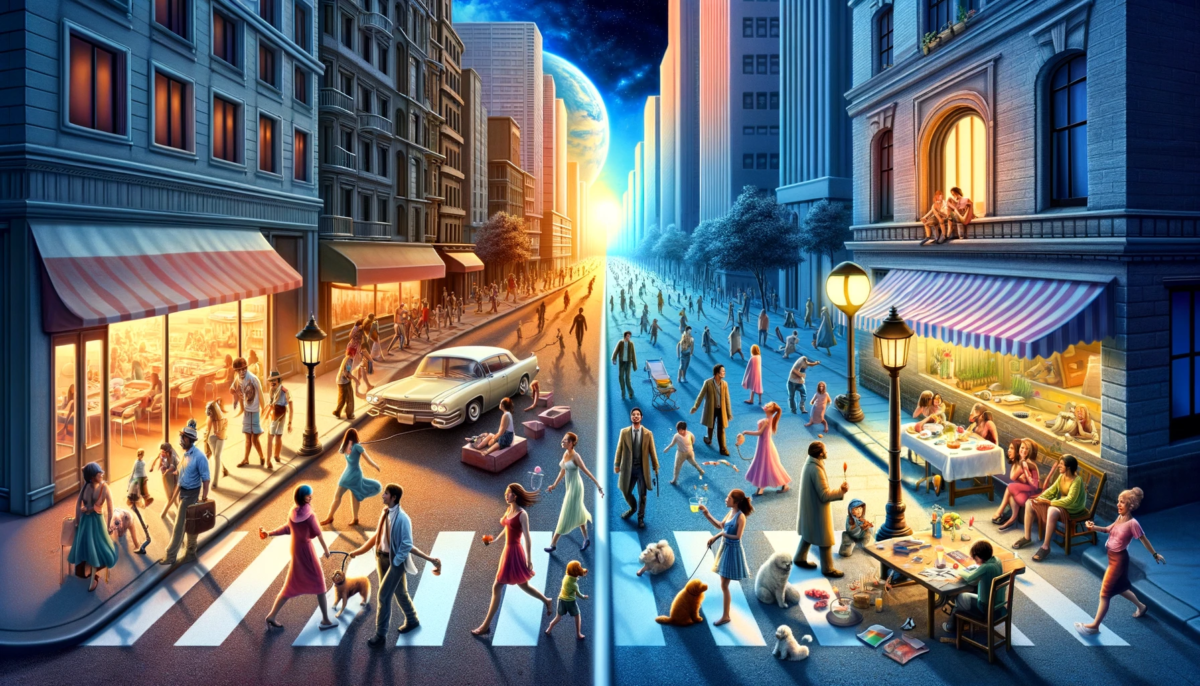
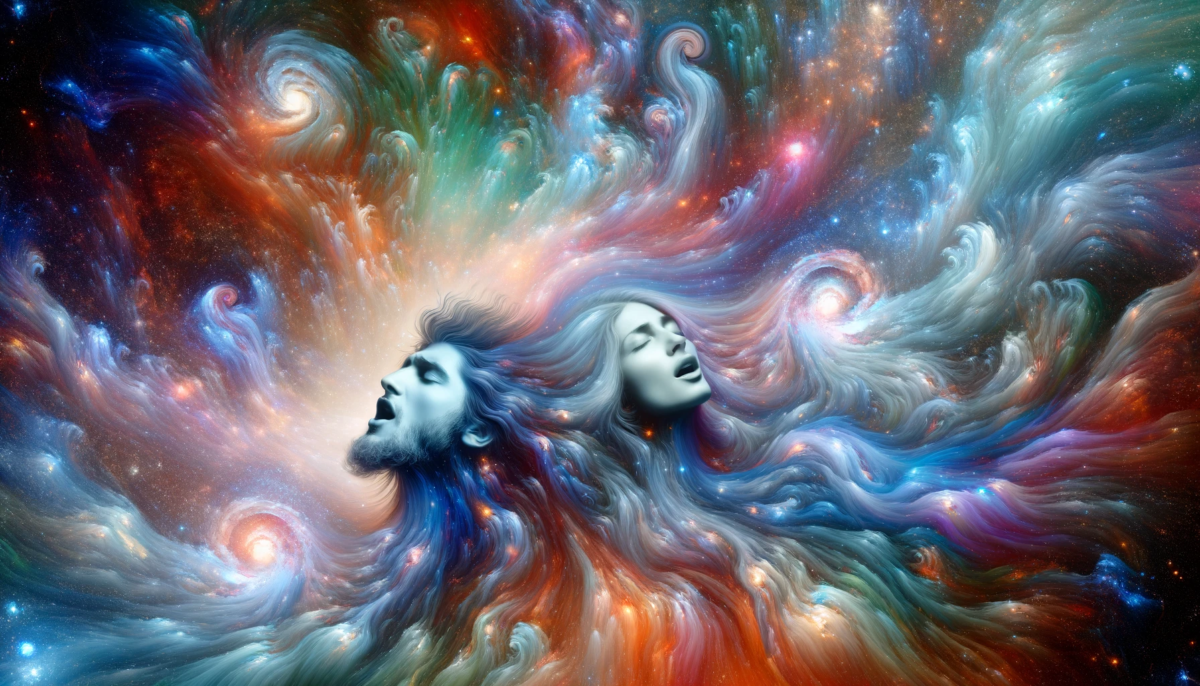
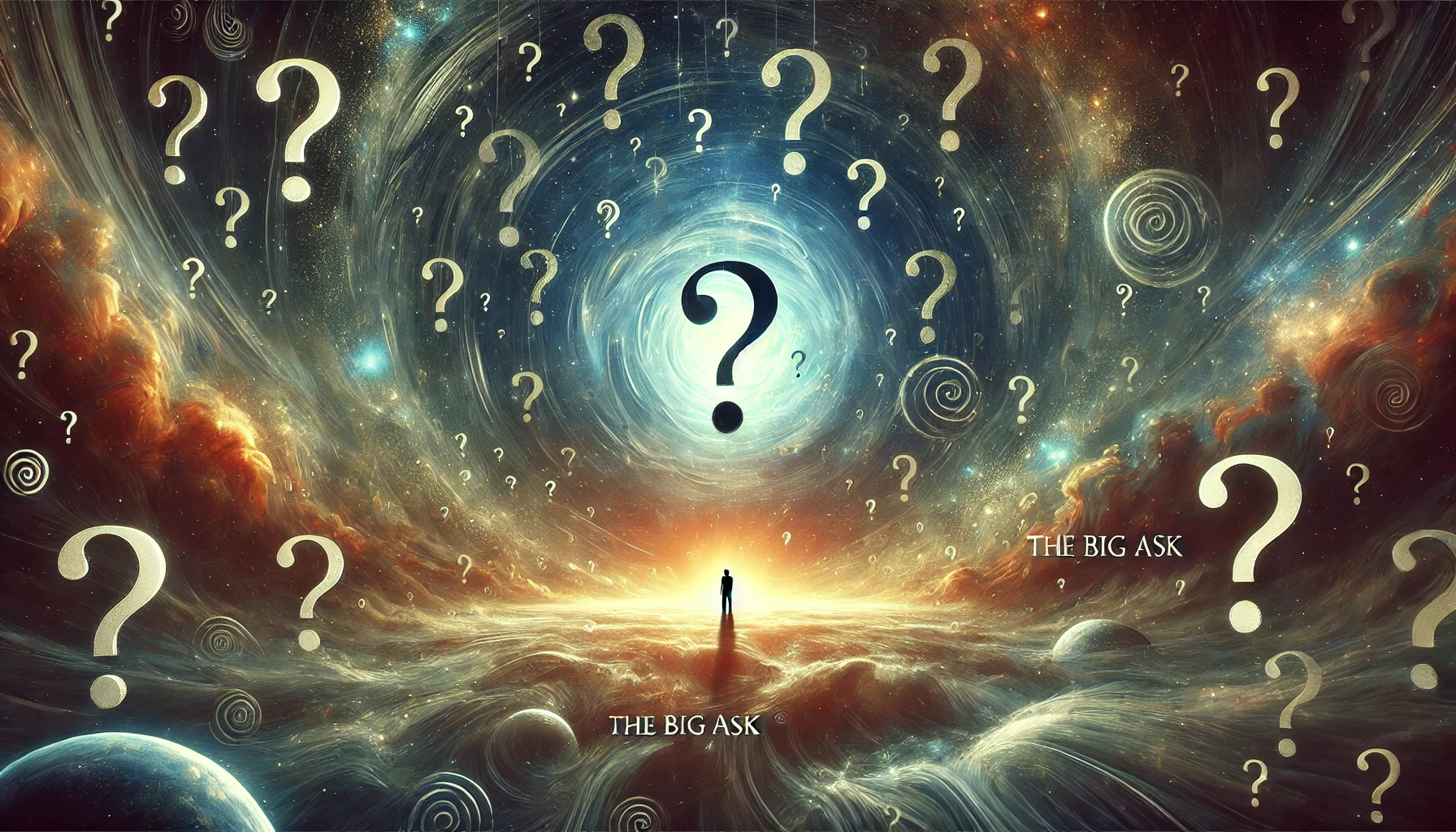
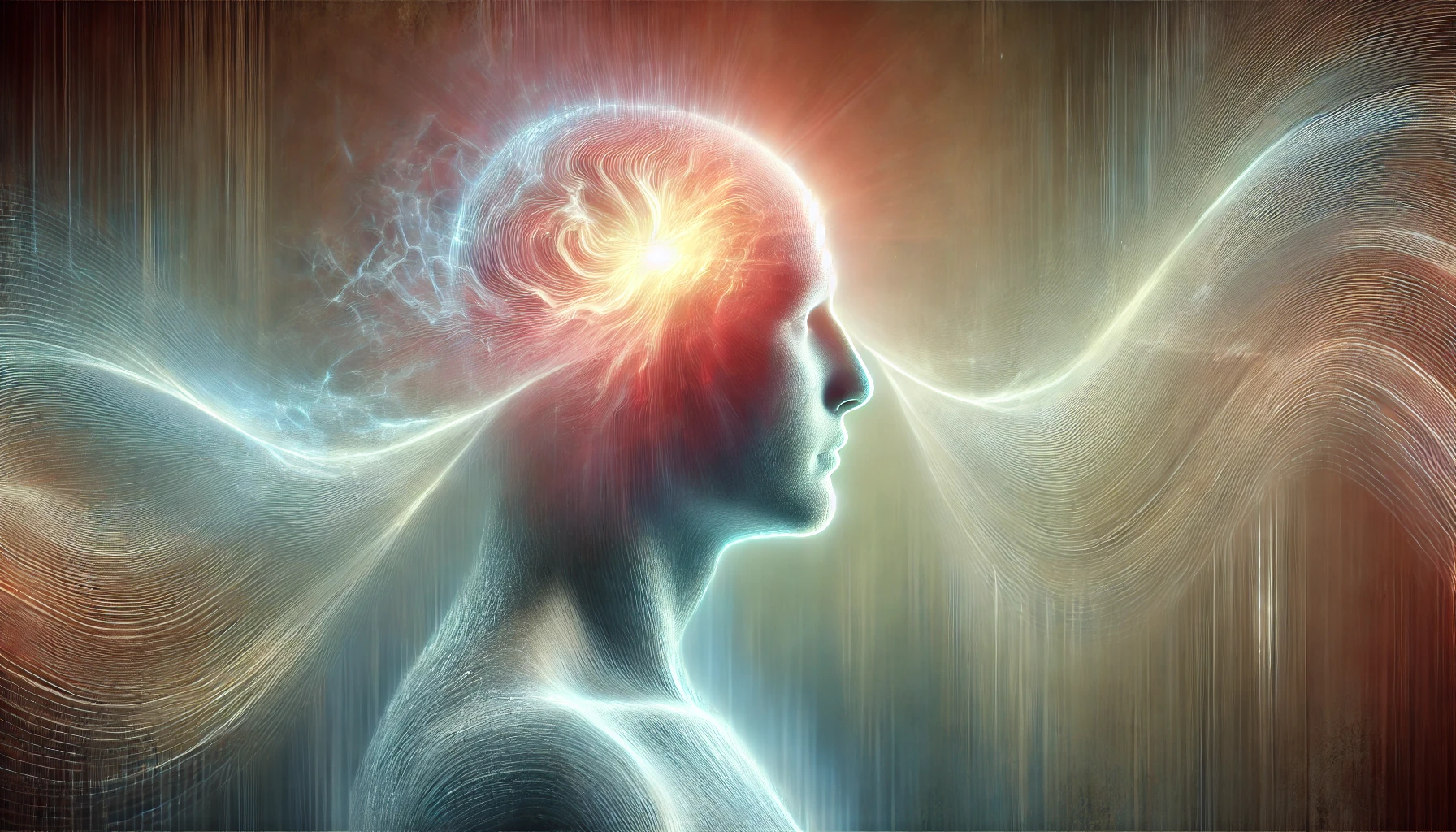


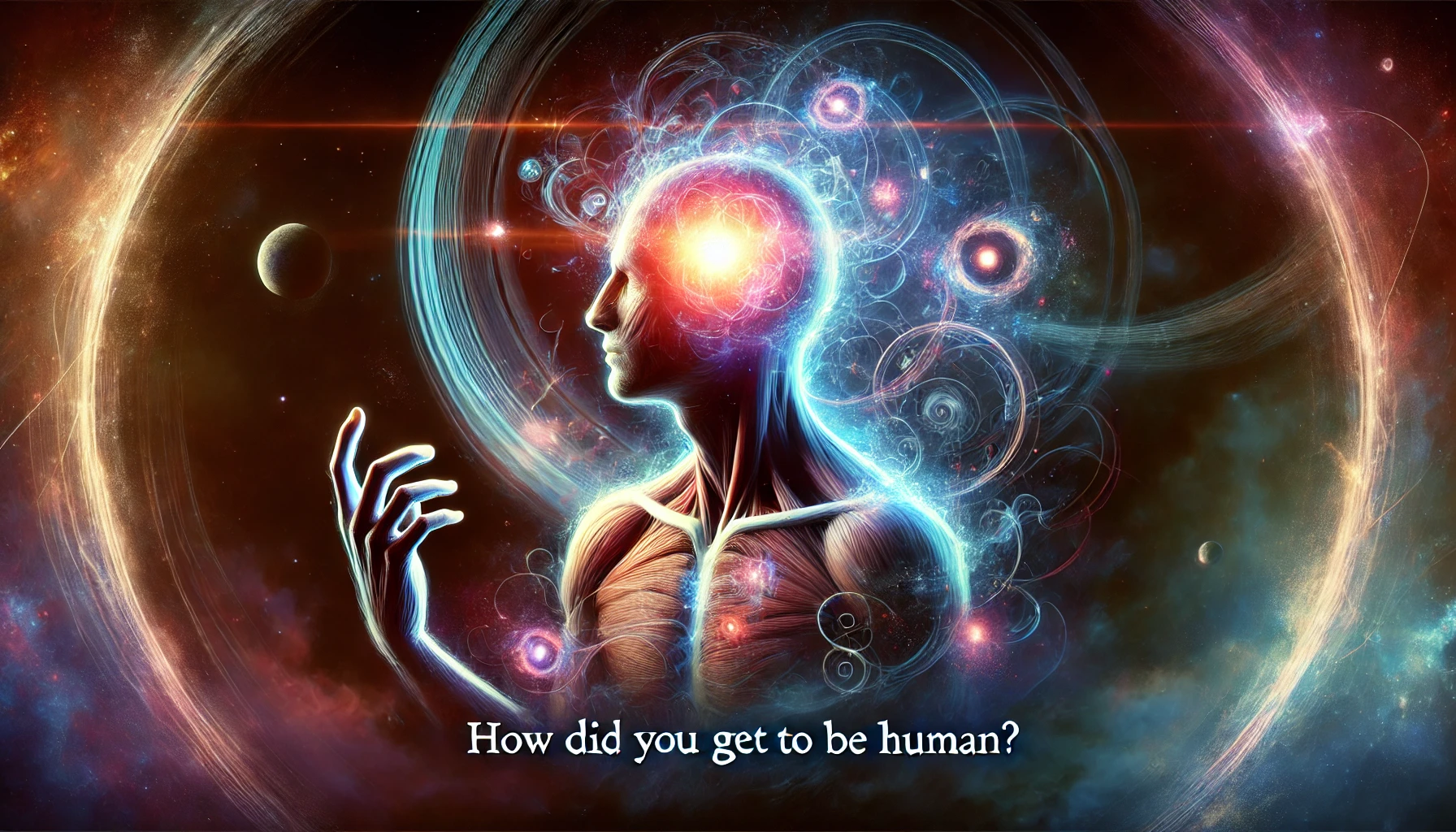
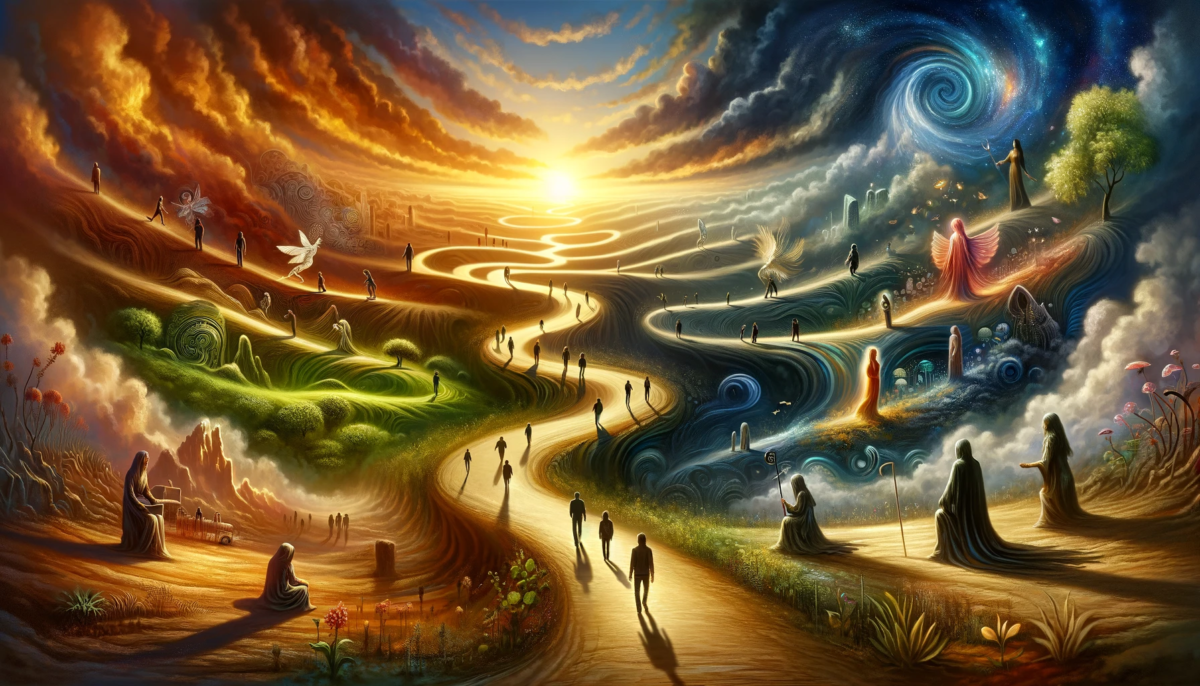
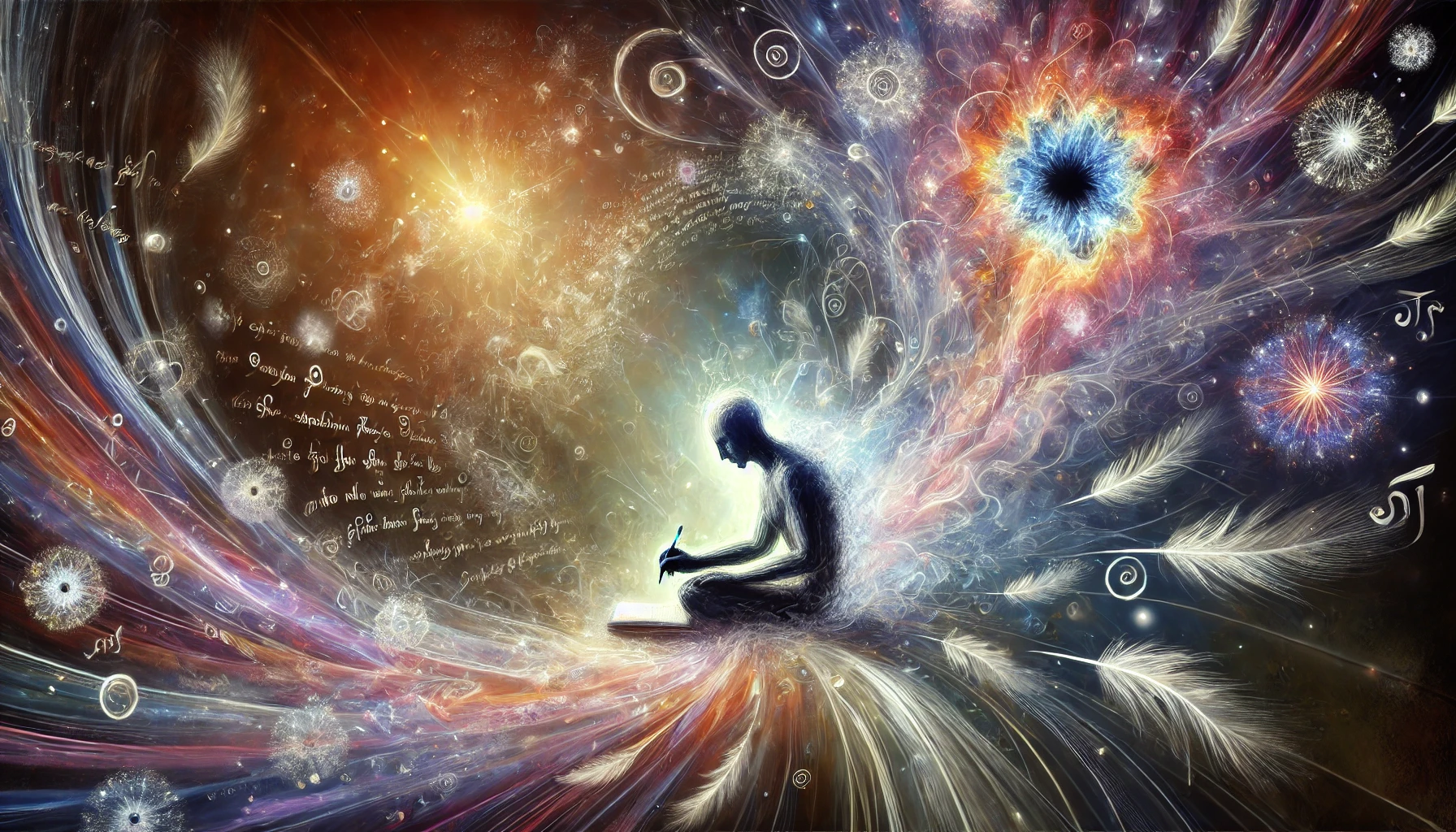





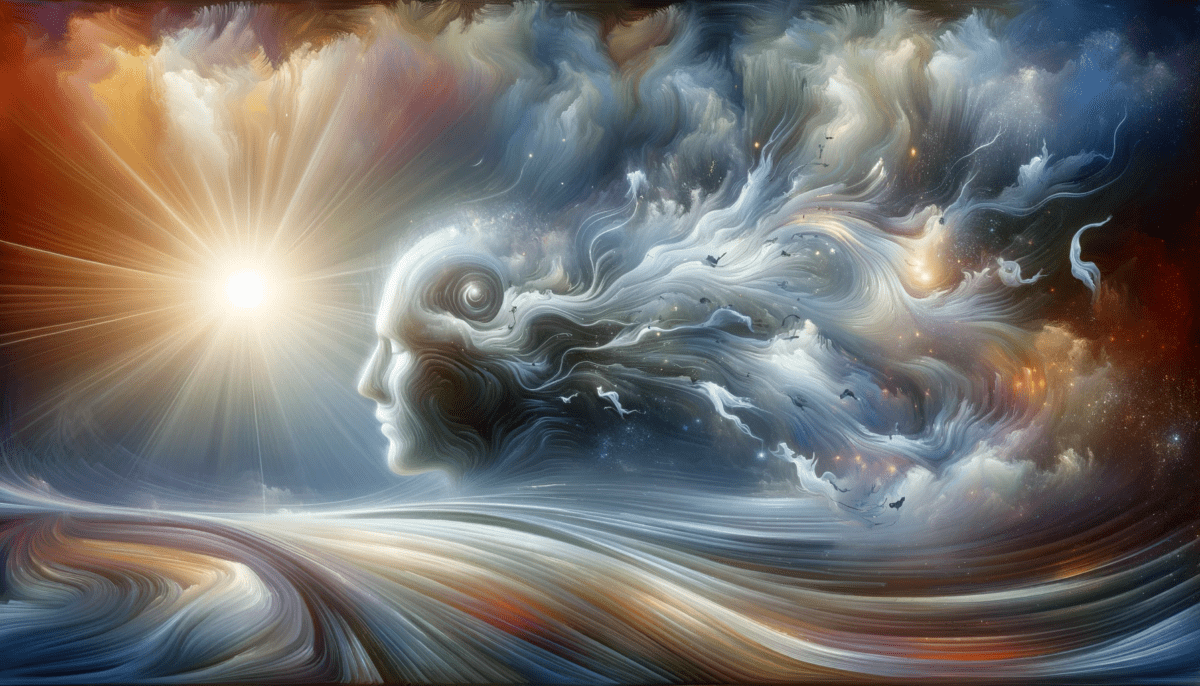




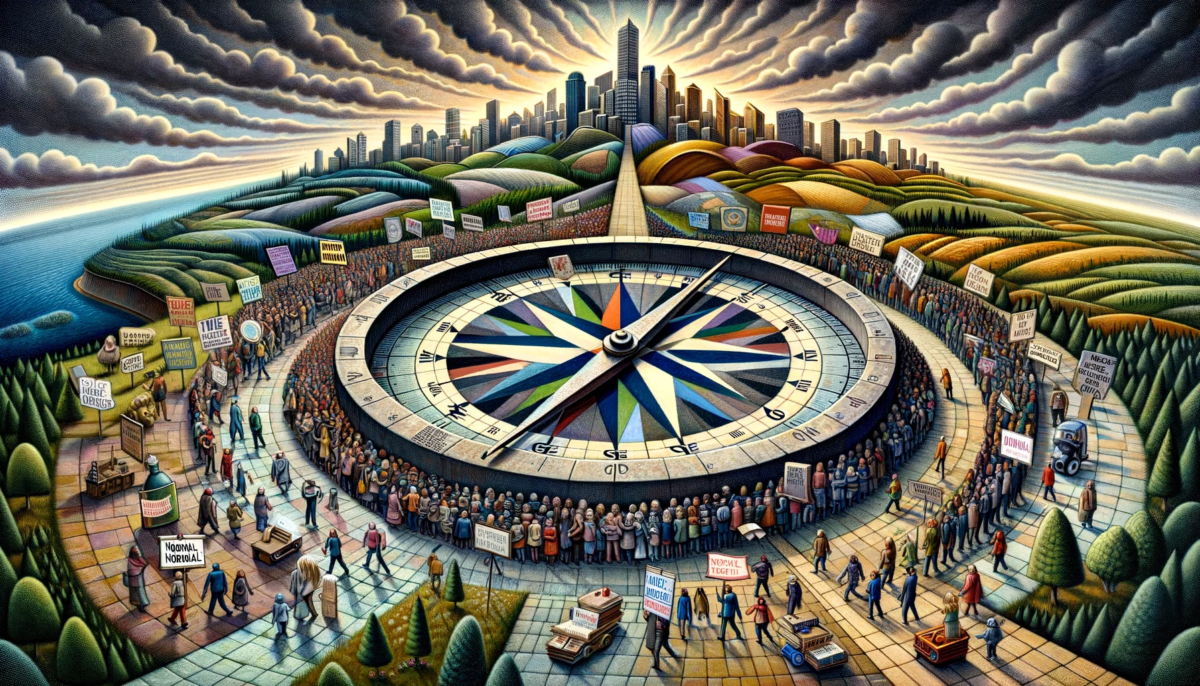



Leave a Reply